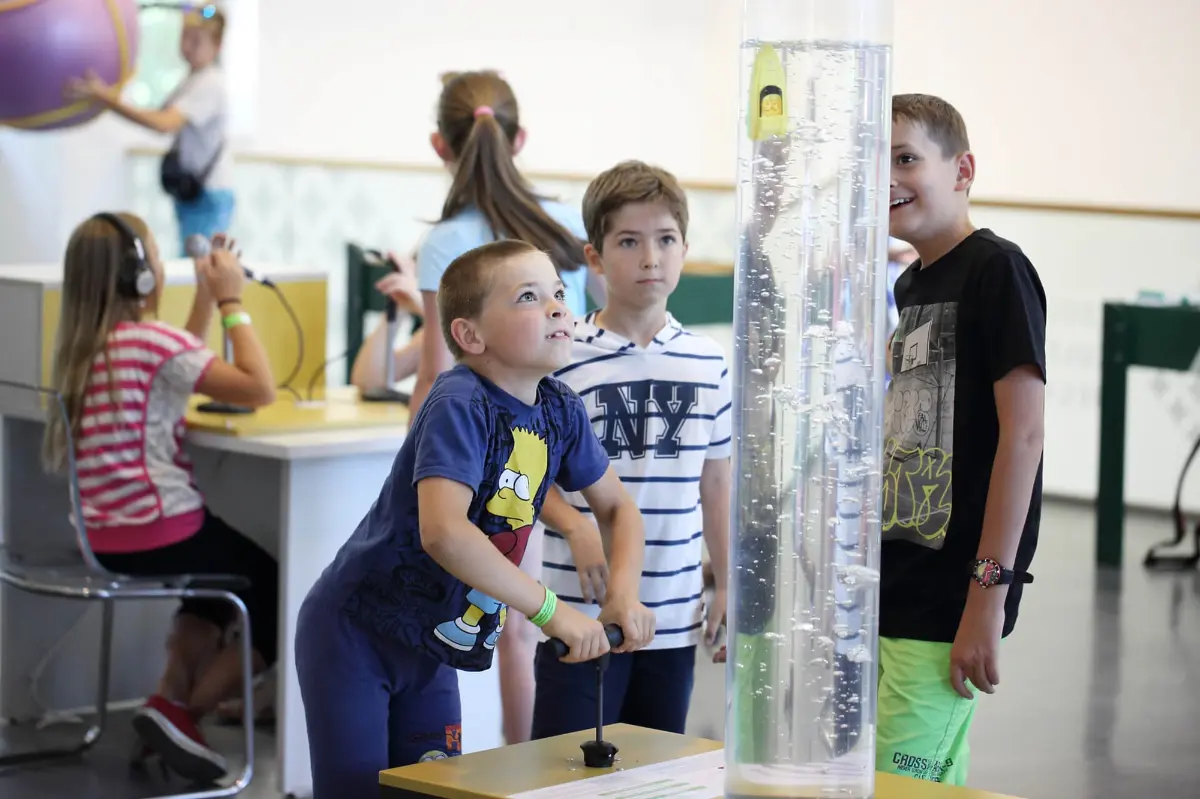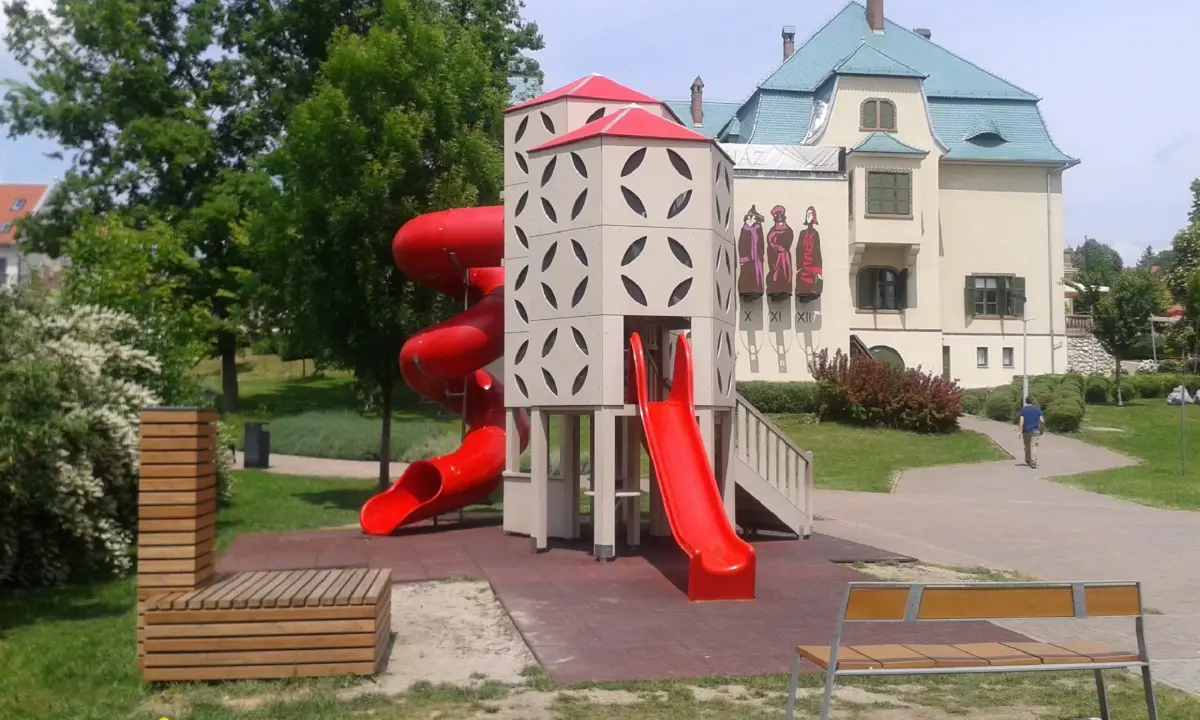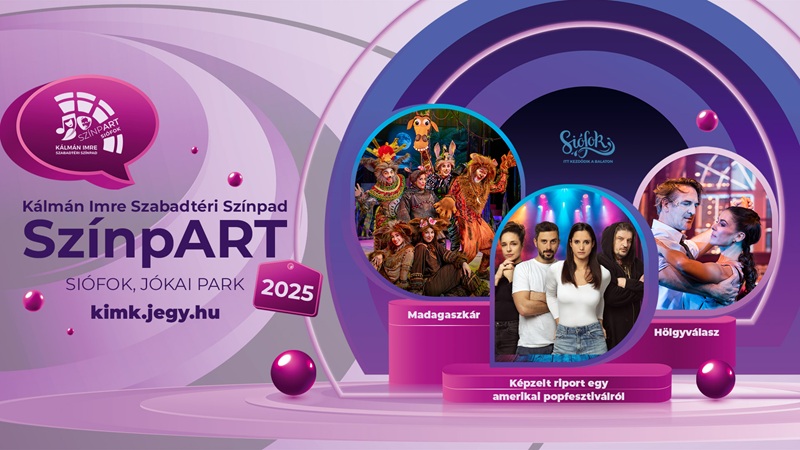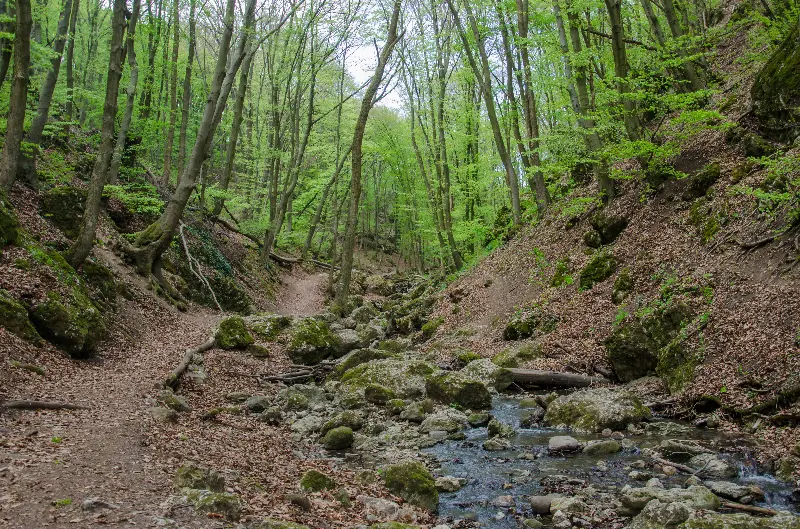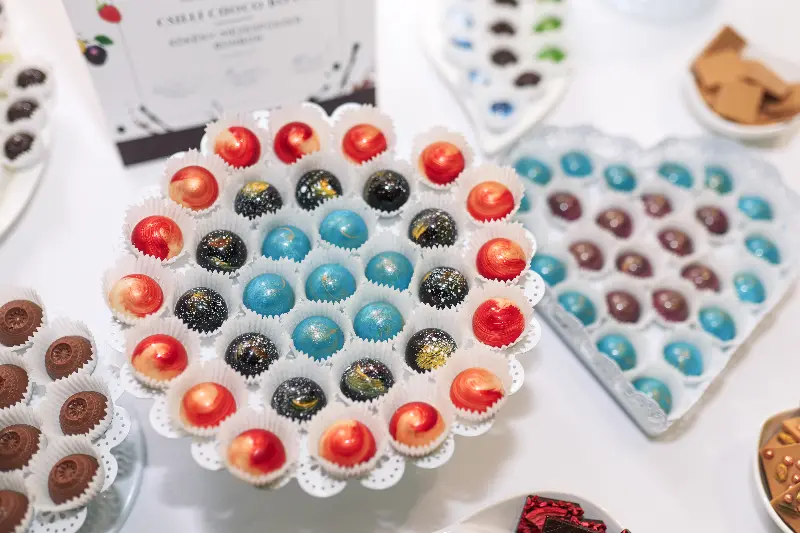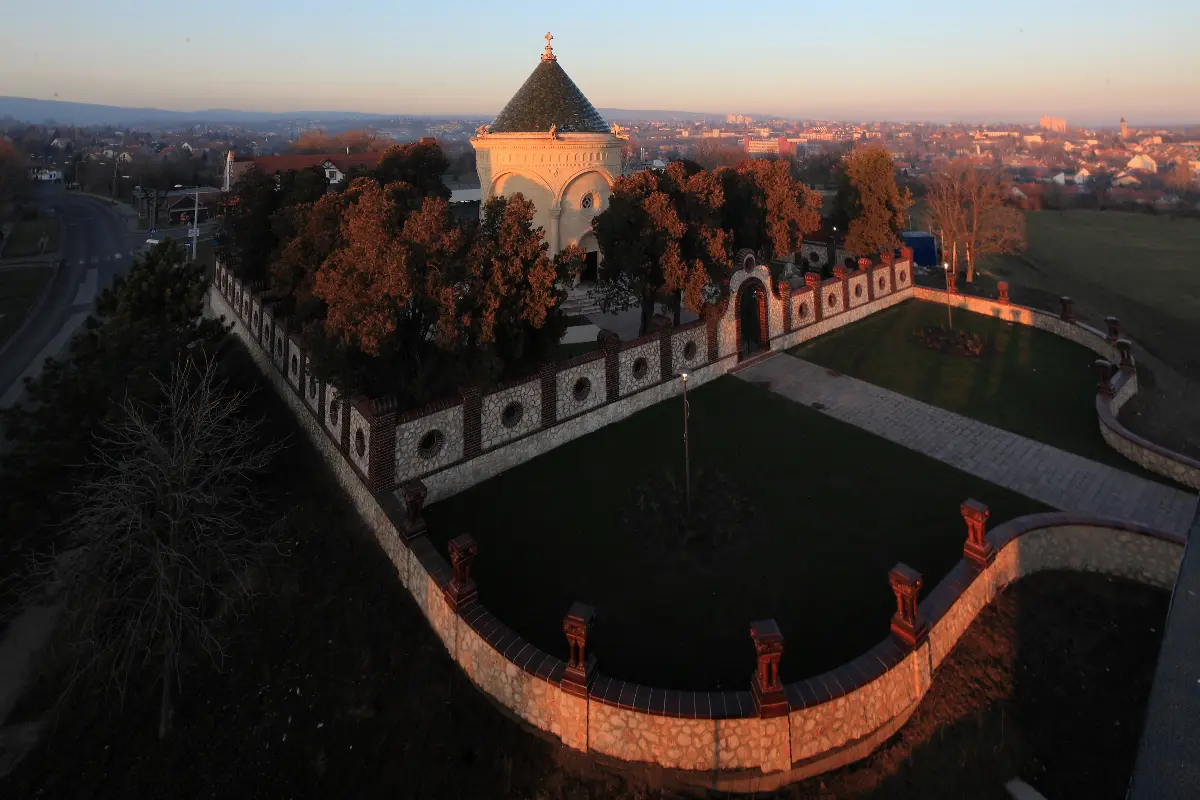
Helyszín címkék:
Let your heart guide you – a spontaneous cultural wander in the Zsolnay Quarter
Szabó Sára
The cradle of the Zsolnay heritage
Even before you enter the beautiful gates of the District, turn back the wheel of time and repeat one of the most famous industrial history success stories of Hungary! But only roundly, because the behind-the-scenes secrets are hidden within the walls of the district!
As it is well known, one of the most inescapable artistic dynasties in Hungarian industrial history, the Zsolnay family, lived and created in Pécs, who, through their world-class ceramics production, etched the name of the town in the history books. The road to success was a bumpy one: the factory's predecessor, the Zsolnay Hard Tile Manufactory, almost collapsed in the market competition. The director at the time, Ignác Zsolnay, was a restless and careless young man who knew nothing about factory management: this was proven by the fact that under his management the manufactory, which had been reduced to a potter's workshop of 10 people, was almost auctioned off. At the urging of his father, Vilmos Zsolnay took over the factory, thanks to whom the factory started to become world famous. Vilmos was a true artistic soul, and thanks to his restless curiosity and entrepreneurial spirit, the factory was given a second chance.
The large producer began experimenting with different types of clay and glaze, one of the wonderful results of which was the so-called porcelain earthenware and the frost-resistant pyrogranite used for building decoration, but he also contributed to the development of a special ceramic glaze, eosin, which plays colours from rose-beetle green to gold.
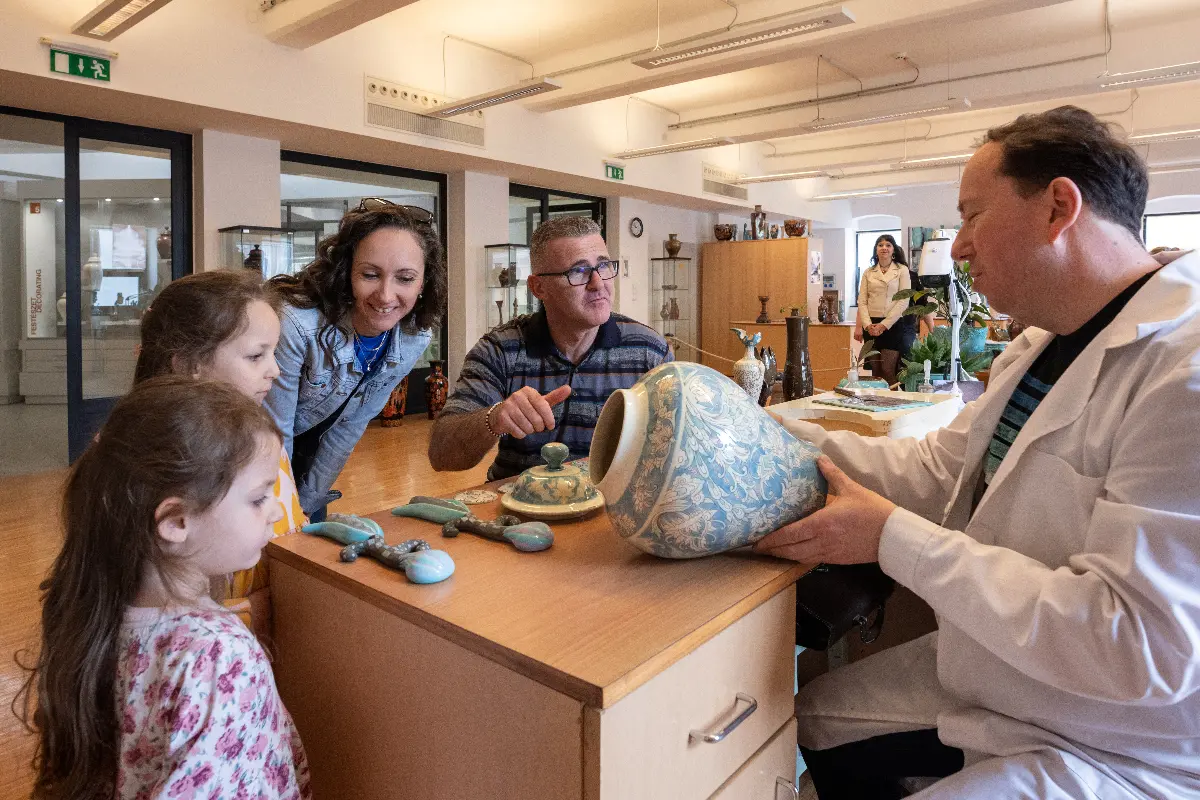
Hello Hungary tip: in the District, it is worth checking out the specialities listed above, because the area is full of them!
Thanks to Vilmos, the Zsolnay brand name practically burst from the unknown into the ranks of the greatest ceramic artists with its uniqueness and extraordinary richness of colour and form. The large producer’s legacy has been preserved by his children Teréz, Júlia and Miklós. They contributed to the life of the manufactory every day with their own dedication and talent. Later, Vilmos' sons-in-law, the architect and industrial designer Tádé Sikorski, and the geologist Jakab Mattyasovszky also worked in the factory. What is more: even members of the fourth generation mostly grew up within these walls. It was during this period that the work of the factory was completed; the ceramics were made with the help of 9 giant and 15 small kilns under the hands of about 700 Hungarian, Czech, German and Moravian potters.
After the world wars and the difficult period of nationalization, the factory was depopulated, but in 2010, within the framework of the European Capital of Culture project, the area of the former factory buildings and residence of the Zsolnay family was renovated with an investment of around 11 billion forints, which is considered the largest reconstruction of an industrial monument in Central Europe.
It is worth getting to know the Zsolnay heritage in more detail: in the District, the Zsolnay Family and Factory History Exhibition presents in detail the adventurous life of the world-famous factory founding family. The Zsolnay Golden Age exhibition, consisting of more than 700 ceramic objects, or the Pink Exhibition, presenting exclusively pink Zsolnay products, offer an exciting insight into the life of the manufactory. But now let's go on a subjective tour of this wonderful area!
Here begins the, here begins the...
In the area of the world-famous ceramics factory, you can find a "mini town" with a total of 15 protected monument buildings and 88 public Zsolnay statues, every corner of which holds so many attractions! It is worth approaching from the Major Street entrance, where you can park your car comfortably. Entrance is free and you can roam freely from 6 a.m. to 9 p.m. If you turn to the north, huge grassy areas, great playgrounds and the building and outdoor stage of the Bóbita Puppet Theatre greet us. If you have younger children with you, do not rush through this part, it is worth taking your time for everything! There are great puppet theatre performances at the Bóbita, but there are also plays for kindergarteners, elementary school children and even young people. Even if there is not a performance on, it is still worth a visit, as the puppet museum is wonderful and the Escargo Coffee and Cocoa Bar offers great drinks.
Wandering further north, you will come to the Street of Shops, where a line of excellent shops awaits. One of our favourites is Csoko-Láda Chocolate Shop, but it is the Nosztalgia Candy Spectacular Manufactory that will capture the hearts of children: here, those interested can not only taste traditional candies and lollipops, but also see how these special sweets are made! Wide eyes and open mouths are expected during the presentation!
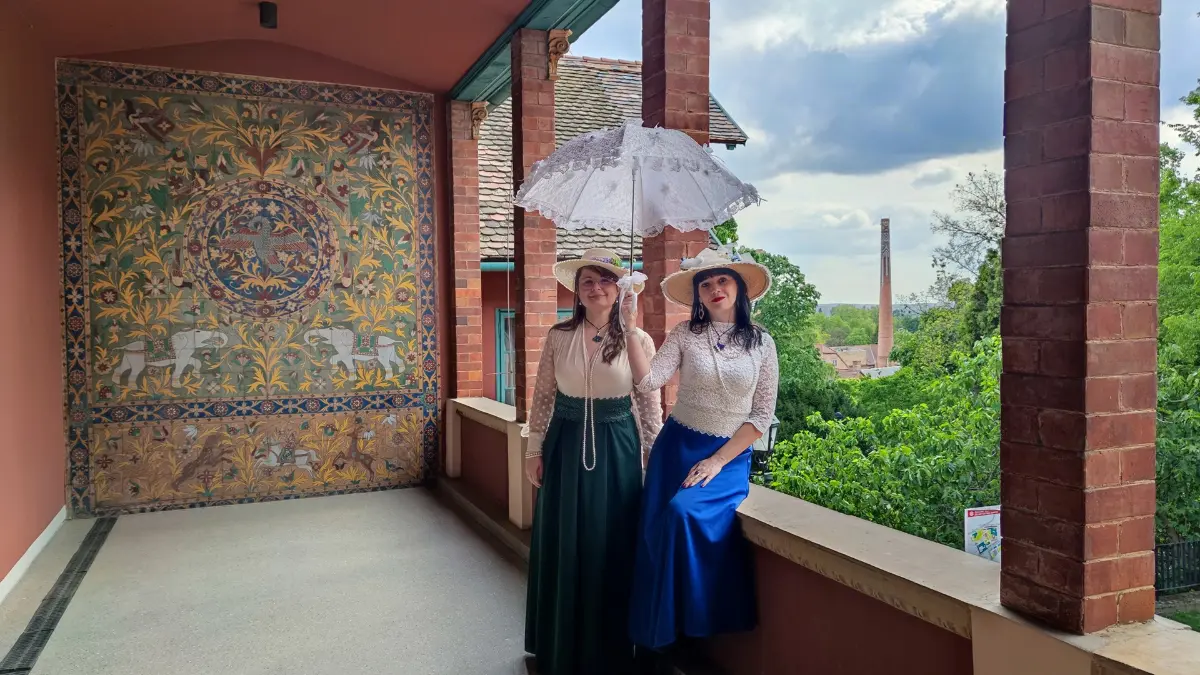
Here it is worth leaving the area of the District for a bit and sneaking out the northern entrance to the Felsővámház Street. This is where we find the resting place of the Zsolnay family, i.e. the ornate Zsolnay Mausoleum! The special walkway leading to the mystical building is decorated with 42 dignified pyrogranite lions, and the place is full of masonic symbols. One of the most exciting legends in connection with the building is that the light coming in during the winter solstice reveals the secret recipe for the world-famous eosin glaze! Even if we do not catch the secret, we must admire the ornate eosin sarcophagus of the factory founder Vilmos Zsolnay! We have written more about the secret of eosin here.
Go through the northern entrance back into the District, then head east until you reach the entrance to the Zsolnay Porcelain Manufactory. In the Spectacular Manufactory, you can go behind the scenes of ceramic production, and further on, you can spy through the windows the enthusiastically practising music apprentices. Moving towards the Gingko Square, we reach the Laboratory, the "palace of miracles" in Pécs, where you can encounter countless natural scientific, mostly physical experiments. It will be difficult to leave the Interactive Magic Space, but if you succeed, travel among the stars! In the building you find the Planetarium, where the projections are completed by the live, captivating performances of the astronomers! It is interesting that this is the first optical planetarium in the country, so it is not a shame to feel excited even as an adult! And after the interstellar journey, you can even jump to another dimension: in the VR Universe, you can lightsaber with Darth Vader, take part in the first landing on the moon with Neil Armstrong, and even meet dinosaurs!

Hello Hungary tip: one of our favourite activities is the Magic Hour, where the spectacular physical experiments make the hair both of children and of adults stand on end!
Moving towards the south-west, there is another wonderful complex of buildings, where the E78 event hall, the Kemence Gallery, and the 1861 glove manufactory are located. Last but not least, the pedestrian bridge connecting the northern and southern parts of the District is a unique place to take some great photos. The combined sight of the cars passing below us and the sunset can be a worthy crowning moment of the pleasant loss! If by the end of the day (or the weekend) you feel that you have seen everything, it is still worth returning to the Zsolnay Cultural District, as the area is home to unique festivals: the Zsolnay Picnic, the Zsolnay Light Festival, and the Szamárfül (dog's-ear) Festival hold wonderful experiences! For details and current programmes, it is worth visiting the website zsolnaynegyed.hu!
